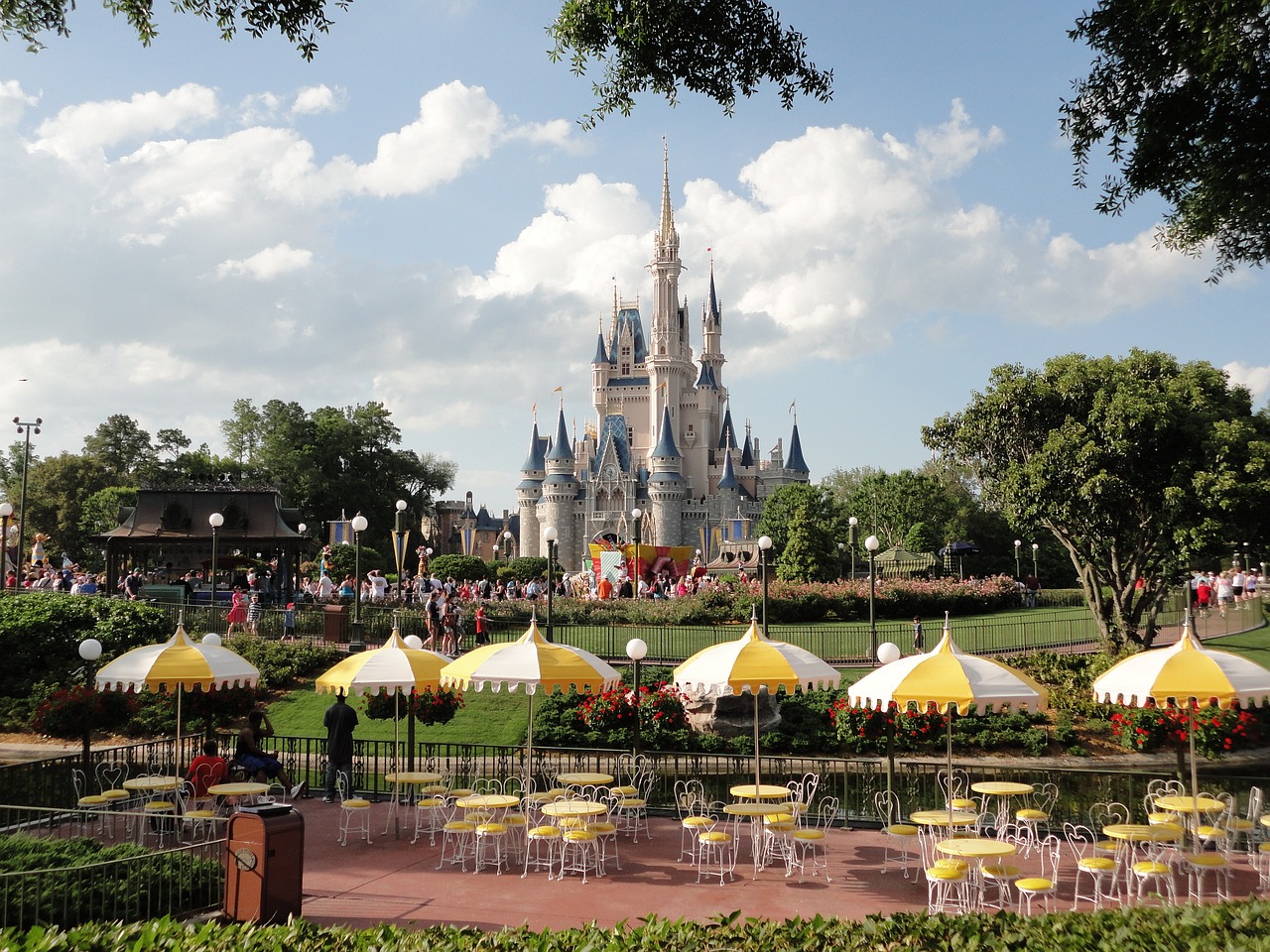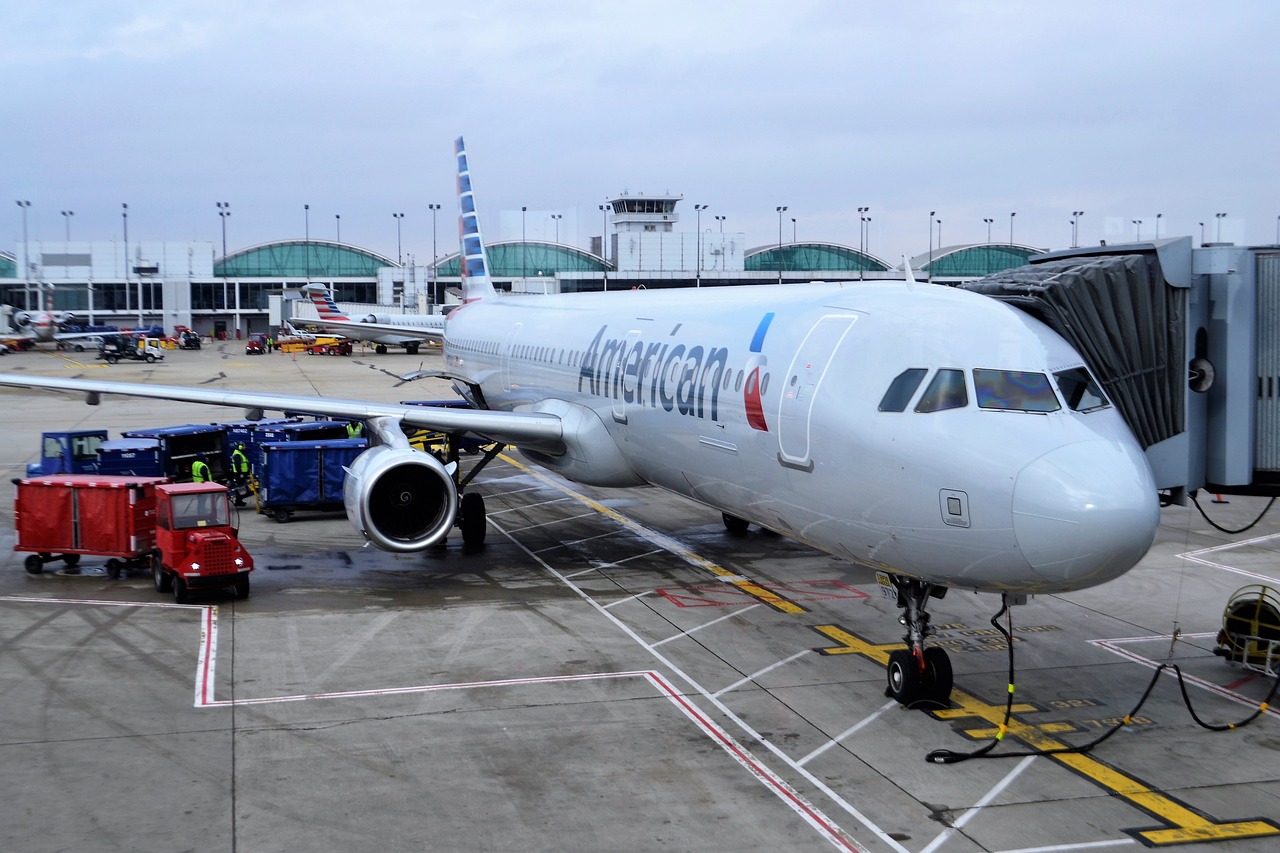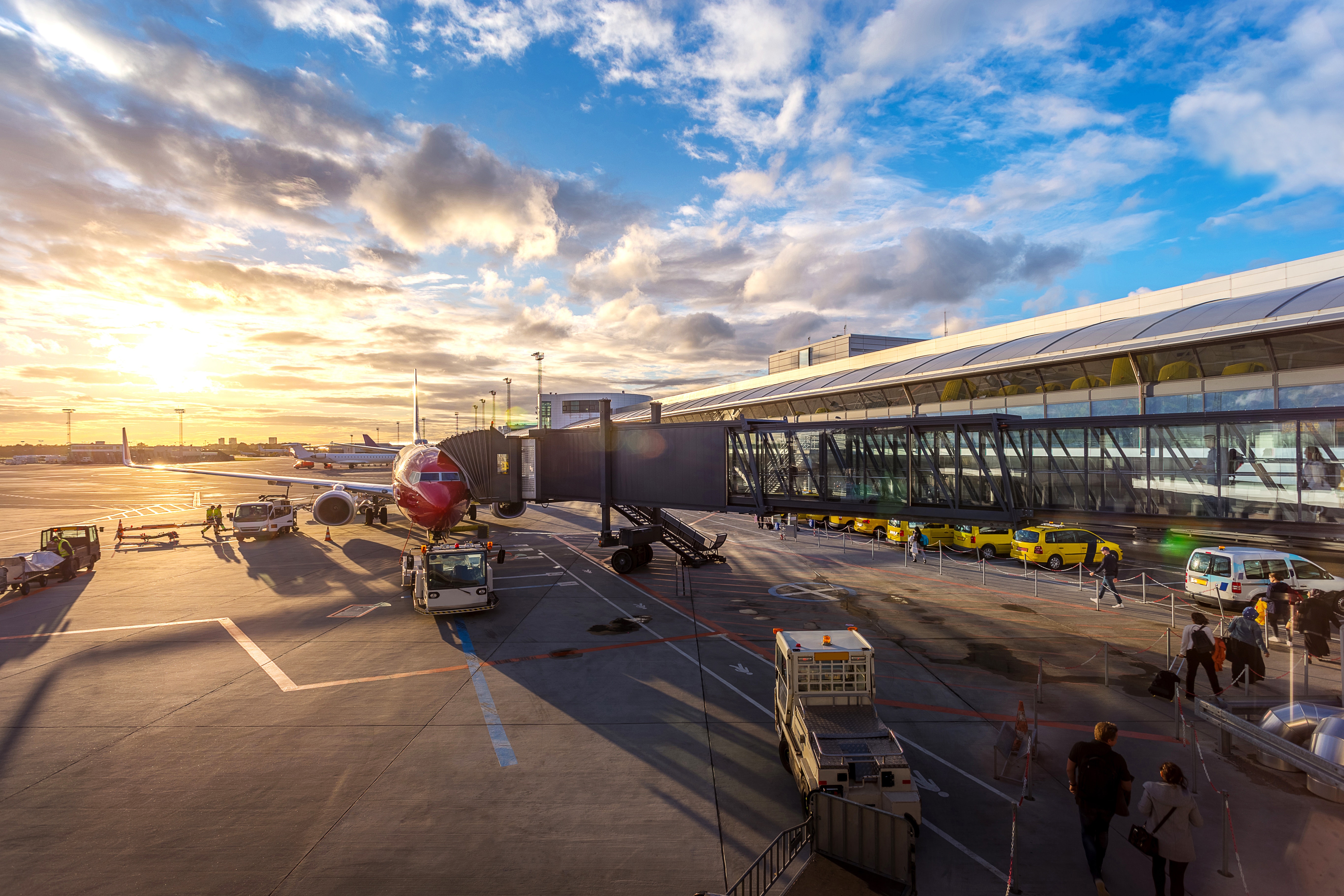The Walt Disney Company recently announced plans to spend about $60 billion over the next 10 years on its theme parks, domestically and internationally, as well as to continue building its Disney Cruise Line. It’s double the investment Disney has spent on its parks and cruise lines over the last decade. A professor at the George Washington University says there are several factors driving this new investment, like a renewed interested in cruises post-pandemic, as well as some potential disruptors to keep an eye on.
Larry Yu is a professor of hospitality management at the GW School of Business. Yu’s current research focuses on hotel market analysis, tourism product value chain analysis, tourist satisfaction and hospitality crisis management. Yu says Disney’s strategic decision to invest in its theme parks and cruise lines is based on three main factors. The first of which is about Disney’s pandemic recovery, which saw significant operating income growth. The second involved Disney’s reputation. Yu adds that Disney is known for its innovation in “imagineering” projects, services and experiences and it’s now critical to invest in new attractions and experiences for the next-generation as well as extend the life cycle of Disney attractions to drive new, latent demand from family tourists and welcome repeat visitors. The third factor relies in a larger trend in the travel industry.
“The cruise industry is booming after the pandemic. Demand for cruise travel is now higher than 2019. Major cruise lines are adding capacity by building new ships (Disney Treasure will start sailing by late 2024). Many younger people, including Millennials and Gen-Z, have become cruise travelers, which fits the Disney market,” Yu says. “Disney Cruise Line, like many other major cruise lines, have been investing in owning and developing private islands for growing cruise business. Castaway Cay in the Bahamas and the new Lighthouse Point in the Bahamas will be open for cruise visitors in the summer of 2024. These investments, executed strategically, will continue to propel Disney’s growth for the next decade.”
Yu says there are a couple of potential inhibitors that may disrupt Disney’s investment strategy. Those include:
- Demographic changes in its international markets: Japan, China and Europe are all experiencing an aging population, declining birth rates and late marriage, which could affect the family tourist market for the parks;
- Many cruise destinations experience over-tourism and are pushing back to limit ships and number of daily visitors (such as Dubrovnik in Croatia);
- Local community buy-in for park expansion, such as the new Disneyland WestCOT project under the local community hearing and review. Similar project by Disneyland was rejected by the local community in the early 1990s;
- Uncertainties affected by economic, social, political (Florida) and geopolitical factors.
If you would like to speak with Professor Yu, please contact GW Media Relations Specialist Cate Douglass at cdouglass gwu [dot] edu (cdouglass[at]gwu[dot]edu).
gwu [dot] edu (cdouglass[at]gwu[dot]edu).
-GW-






